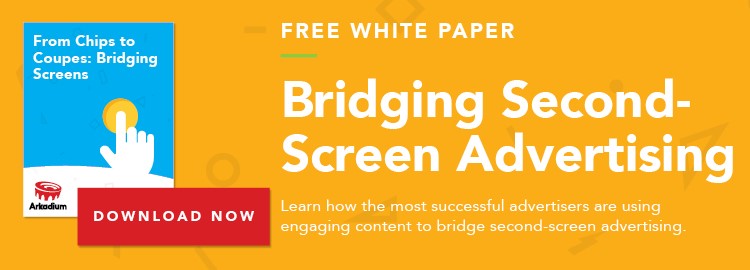Dynamic Editorial: What it is and Why Publishers Should Care

Digital publishing is facing a new reality, one riled with high bounce rates and low session durations.
According to a report by RocketFuel, the average bounce rate for the data set studied was 45 percent — with some sites reaching as high as 70 percent.1
What’s more, according to ComScore, digital publishers now see only 1.7 pageviews on average and just 3.8 minutes on-site per session.2
But there’s a journalistic strategy – one that’s being leveraged by leading publishers like The Washington Post and The New York Times – that can help offset these problems: visual storytelling.3
In fact, a memo from the Times’ executive editor, Dean Baquet, and managing editor, Joe Kahn, recognizes the power of rich media within editorial content. “We will train many, many more reporters and backfielders to think visually and incorporate visual elements into their stories,” they said.4
And for good reasons.
As Xaquín González Veira, who runs the Guardian’s 45-person interactive data visualization development team, said: “Anyone can write, but data visualization and visual storytelling are a way to differentiate your product, in the same way that building a strong community is important for your journalism.”5
The drawback pertaining to this type of innovation, though, is scale. Achieving scale with visual content requires commitment, and oftentimes a new, dedicated newsroom team – not an inexpensive proposition.
Luckily, AI and machine learning technologies in the newsroom are signaling an era of new editorial content – making visual journalism accessible to publishers without a major burden.
Combining elements of AI and visual storytelling forms the new and unique content medium dubbed: dynamic editorial.
In short, dynamic editorial merges human and machine, using editorially created content, AI and big data to generate content at scale.
For those publishers taking advantage of this new form of smart and automated content creation, the impact is significant for both scale and engagement.
For example, Sports Illustrated has integrated dynamic editorial technology onto its site through InHabit (quick commercial: it’s our newest product), which programmatically places relevant, interactive data visualizations into articles.
The site has seen impressive engagement results. Seventeen percent of users who viewed a dynamic editorial unit clicked into it — increasing session time by 100 percent.6
Indeed, this merging of human and machine has emerged as one of the newest innovations in the newsroom, empowering visual journalism at scale.
1 Peyton, Jay. “What’s the Average Bounce Rate for a Website?” Rocketfuel2014. N.p., 25 Feb. 2014. Web. 18 Apr. 2017.
2 Rovello, Jessica. “Machine Learning Will Give Publishing Visual, Interactive Content on a Big Scale.” Ad Age. N.p., 29 Mar. 2017. Web. 18 Apr. 2017.
3 IBID
4 Benton, Joshua. “This is The New York Times’ digital path forward.” Nieman Lab. N.p., 17 Jan. 2017. Web. 18 Apr. 2017.
5 Southern, Lucinda. “Inside the Guardian’s Data Visualization Play for Rio.” Digiday. N.p., 09 Aug.
6 Ha, Anthony. “Arkadium’s InHabit adds interactive content to any story, starting with sports.” TechCrunch. TechCrunch, 07 Mar. 2017. Web. 18 Apr. 2017.


